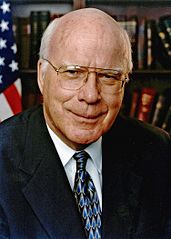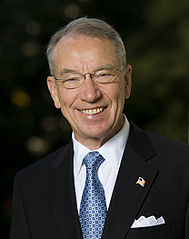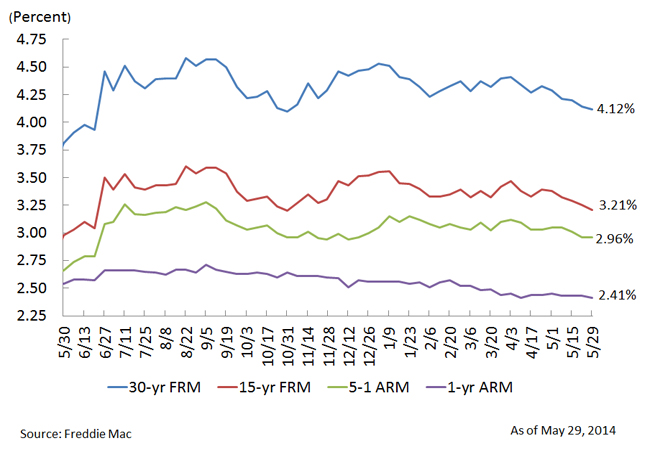Amid all the discussion in Congress last month about a spending bill, the fate of the EB-5 Immigrant Investor Program was lost among the debates. However, talk of the future of EB-5 visas has included discussion on raising the amount of money needed to invest as well adding oversight to protect cities, regional centers, and the investors themselves against fraud.
As the hours ticked by on September 30, both houses of Congress passed a continuing resolution to continue to fund the government through December 11, and that resolution included reauthorization of the EB-5 program. However, Congress will need to take up the issue again before the spending bill—and by extension, the EB-5 program—expires again on December 12.
The EB-5 Immigrant Investor Program began in 1990 as a way to help foreign investors migrate to the United States and provide an economic boost to a particular area. To qualify for an EB-5 visa, a foreign investor must invest at least $500,000 in a business that will be located in a “Targeted Employment Area,” or TEA—a rural area or an area with high unemployment. Alternately, the minimum investment is $1 million for businesses in other areas. Investments must also create at least 10 full-time jobs within 2 years.
Last year investors in the EB-5 program brought an additional $5 billion into the United States with more than 10,000 visas issued. While the program has seen plenty of success, the good has been clouded by some accusations of fraud or investments falling apart. In a previous blog post, we mentioned the city of El Monte, California, where developers of a project funded by an EB-5 regional center were arrested for fraud in 2009. The fallout led to the City being sued by the developers, who were never prosecuted. U.S. Citizenship and Immigration Services (USCIS) shut down the El Monte Regional Center in 2011, and the U.S. Securities and Exchange Commission (SEC) has been investigating the regional center to determine if it took advantage of investors. None of the foreign investors obtained a green card through the regional center because the project failed.
In Moberly, Missouri, investors in a project partially funded by an EB-5 regional center failed to do sufficient due diligence, and the results were catastrophic. In 2010, Moberly’s Industrial Development Authority agreed to sell $39 million of bonds to fund a company called Mamtek U.S., which planned to build a factory to make the artificial sweetener sucralose. The deal was also supposed to include $7.5 million from the EB-5 regional center, $17.6 million in state tax credits, and other incentives tied to a promise that 600 jobs would be created. Instead, the CEO of Mamtek was convicted of theft and securities fraud and is serving a 7-year prison sentence. The project was never completed, four jobs were lost, and USCIS shut down the EB-5 regional center. Litigation is still ongoing.
Cases like this are the reason some members in Congress want to add oversight to the program when it comes up for reauthorization in 2 months. Some proposals include not giving green cards to investors with a criminal past and not accepting money that was earned through illegal activities. However, neither of those proposals would do anything to stop regional center fraud, in which the investors are also victims.
Some Senators have focused more on the regional center issue. For example, S. 1501, the American Job Creation and Investment Promotion Reform Act of 2015 was introduced by Senators Patrick Leahy (D-VT) and Chuck Grassley (R-IA) in June. This bill would reauthorize the regional center program for 5 years while adding oversight, security measures, and anti-fraud provisions to increase transparency.
Others have suggested changes to adjust the qualifications for high unemployment areas that have a lower investment threshold. Currently officials can adjust the boundaries for areas so more well-off locations can be joined with ones that have higher unemployment. However, a new bill would counteract this tactic, limiting the ability of more successful areas to lure in smaller investments.
For now, all of these are just possibilities. It will be interesting to see how Congress moves forward on the program as a whole as well as the proposals for reform being set forth by Congressmen.








Recent Comments